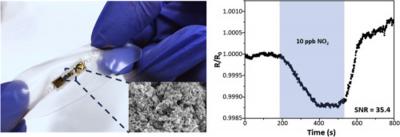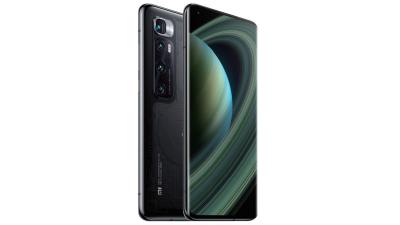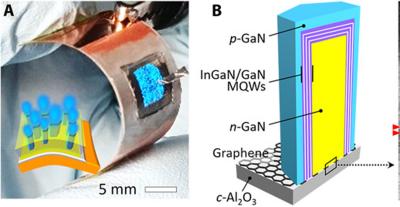International team reports advances towards tunable graphene plasmonic THz amplifiers
An international team of researchers, led by Tohoku University's professor Taiichi Otsuji, successfully demonstrated a room-temperature coherent amplification of terahertz (THz) radiation in graphene, electrically driven by a dry cell battery.
About 40 years ago, the arrival of plasma wave electronics fascinated scientists with the possibility that plasma waves could propagate faster than electrons, suggesting that so-called "plasmonic" devices could work at THz frequencies. However, experimental attempts to realize such amplifiers or emitters remained elusive.






